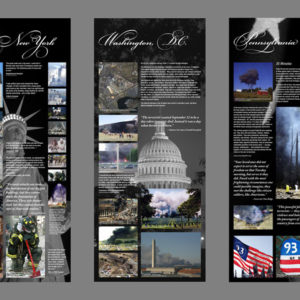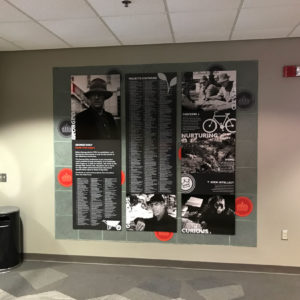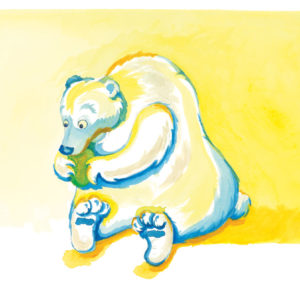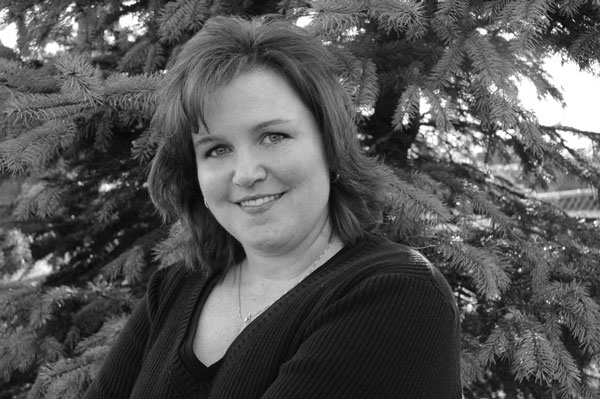01 Apr Julie Ver Steegh: Design Is Professional
What traits do you think a professional in the graphic art industry must have and why?
A professional in the graphic art industry must posses the ability and desire to keep learning new things. The software and tools and touch points change so rapidly, it’s a constant challenge to keep up.
Communication skills are also essential. Hone your writing, editing, and public speaking skills at every opportunity. You can be the best creative problem solver in the world, but if you’re not asking the right questions, listening carefully, summarizing well, and presenting concisely and thoughtfully, you can’t help clients reach a successful solution, or even make sure you’re solving the right problem for them.
Self-confidence is important, and allows you to stand up for your ideas, but it’s important to make sure your ego doesn’t blind you to the client’s vision and goals. You can’t let your personal taste get in the way of what the client is trying to communicate or the audience they’re trying to reach. It isn’t always about what you, personally, like. It’s about the best way to reach the desired audience with the desired message.
Grace and patience are also vital skills. Part of your job is to help your client both define and reach the finish line. That can take a lot of time working with someone who doesn’t have much experience in visualizing, and a lot of pushing and pulling. Keeping your cool with challenging projects and tight deadlines can be tough.
What is ethics in graphic arts? Do you think ethical responsibilities fall on the shoulders of the artist, the client/company stakeholder or both?
Ethics in graphic arts include both the work you do and how you do it. Ethics guide the clients you work for, shape the messages you create, and define the way you work (with proper rights, contracts, etc.)
Both artist and client share ethical responsibilities equally. Both parties must work together to identify needs, to outline problems, to define the measure of a successful solution, and establish reasonable guidelines. Both parties must make sure content is properly acquired and credited. Both parties must contribute to contracts and hold up their portion of the agreement. Just as good fences make good neighbors, well-drafted contracts make successful artist/client relationships.
Have you ever used your work as a tool for advocacy or to bring awareness to a specific topic negatively impacting society?
Yes, I’ve been blessed to work with many local organizations to help address local issues.
As many small towns do, we struggle to get adequate funding for the arts in our schools. This is compounded by the fact that we live in a town where more than 50% of our students qualify for the school lunch program, so finding money for extra curricular activities is out of the question. In addition to serving as a booster member, I created logos for the school orchestra boosters, choir boosters, and thespian troupe; helped with membership drives; and created promotional materials for many of their fund-raising events (to help pay for uniforms, music, instruments, productions, etc.).
Parents in our town host a substance-free after prom event to keep students safe. I’ve created promotional materials for fundraisers in support of this event.
In addition to my own “freelance for free” work, my corporate employer is actively involved in many causes and sometimes offers “free” design or marketing assistance to local organizations. My fellow designers and I get to support many good causes and do so “on company time” and using company resources. I’ve created logos for new startups, brochures for local art and sculpture festivals, and logos and materials for the animal shelter. I’ve designed materials to support historic building preservation, scholarships for the YMCA, affordable housing, 911 commemorative events, recognition of local veterans, local United Way events, affordable child care, and the National Park Foundation.
Julie Ver Steegh studied visual communications and art. A native of Iowa, she supports her artist’s habit with a full-time job as a senior graphic designer for a corporate in-house creative services team.
Images © Julie Ver Steegh. Used with permission.




